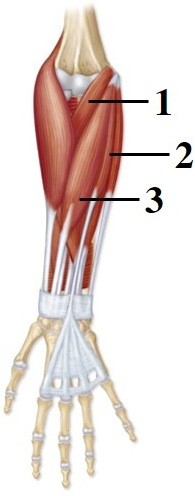Metastasis is
A. the abnormal development of a tissue.
B. an obvious loss of cellular or structural differentiation in the orientation of cells to each other.
C. the movement or spread of malignant cells.
D. a generalized increase in the size of a part of an organ.
E. an increase in the normal number of cells within a tissue or organ.
Answer: C
You might also like to view...
The agglutinogens (or antigens) that determine the ABO and Rh blood types are
A. found on the surface of erythrocytes. B. found in the cytosol of the erythrocytes. C. located on the surface of the leukocytes. D. located in the cytosol of the leukocytes. E. part of the reticular connective tissue of the spleen.
The synthesis of glucose from a noncarbohydrate precursor is referred to as _________.
A) glycolysis. B) glycogenesis. C) glycogen. D) glycogenolysis. E) gluconeogenesis.
A person who has a tidal volume of 400 ml, a respiratory rate of 14, and an anatomic dead space volume of 150 ml will have an alveolar ventilation rate of
a. 3,500 ml/minute b. 3,920 ml/minute c. 4,260 ml/minute d. 5,600 ml/minute e. 6,240 ml/minute
 This figure shows the right anterior forearm. What muscle does number 2 indicate?
This figure shows the right anterior forearm. What muscle does number 2 indicate?
A. Brachialis B. Brachioradialis C. Palmaris longus D. Pronator teres E. Flexor carpi radialis